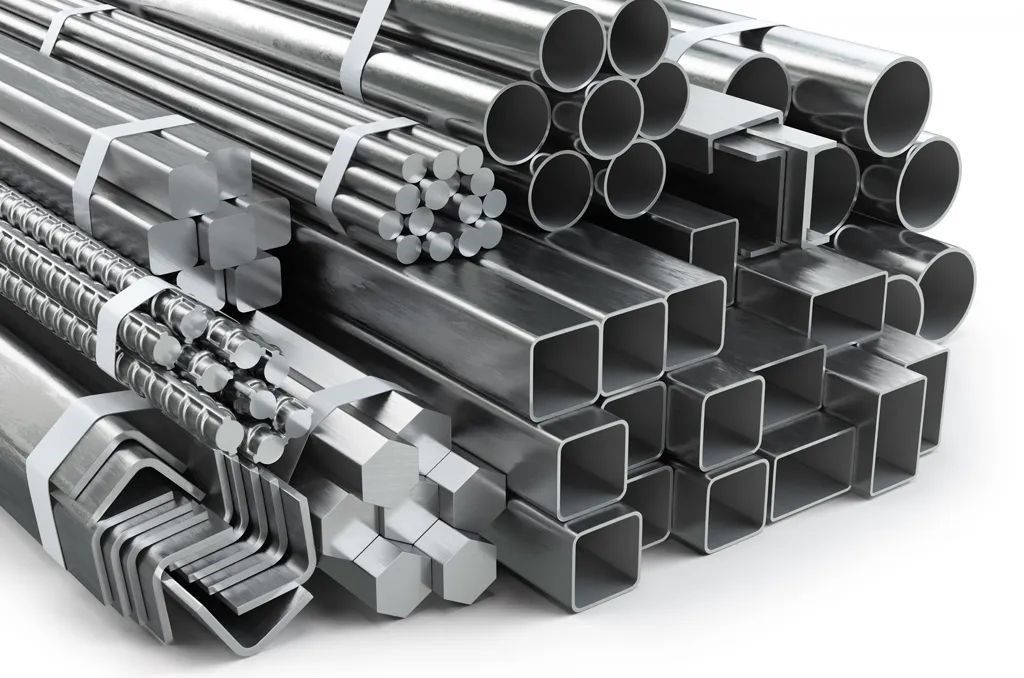Does stainless steel rust?
Published date: 07 October 2023

Stainless steel is a versatile and widely used material in various industries, including construction, kitchenware, automotive, and medical. Its low-maintenance nature, together with its resistance to rust and staining, makes it a preferred choice for many applications. However, you may still wonder: “Does stainless steel rust?” In this blog post, we will explore the properties of stainless steel, what causes it to rust, and how to effectively remove rust from stainless steel surfaces.
Understanding Stainless Steel
Stainless steel is a steel alloy that contains a minimum of 10.5% chromium, a material which forms a passive layer on its surface. This layer, also known as an oxide layer, is responsible for the corrosion resistance of stainless steel. The chromium in the alloy reacts with oxygen in the air to create a protective film that prevents rust and other forms of corrosion from developing.
Does Stainless Steel Rust?
Stainless steel, in most cases, does not rust. The protective chromium oxide layer makes it highly resistant to corrosion. However, there are circumstances under which stainless steel can rust. Prolonged exposure to aggressive environments, such as high salinity, humidity, or exposure to harsh chemicals, can compromise the protective layer and lead to rust formation. Other factors can contribute to stainless steel rusting, such as contamination from iron particles and physical damage such as scratches and abrasions.
Types of Stainless Steel Corrosion
Understanding the different types of stainless steel corrosion is vital for effective maintenance. Here are the four most common types:
- General corrosion: It is the most predictable and easiest to handle among the various forms of corrosion. It is characterised by a uniform loss of the entire stainless steel surface.
- Galvanic corrosion: Galvanic corrosion is a phenomenon that affects most metal alloys, including stainless steel. It occurs when two different metals come into contact, creating a potential difference that leads to an electrochemical reaction, causing one or both metals to corrode.
- Pitting corrosion: Pitting corrosion is a localised form of corrosion that manifests as small cavities or pits on the stainless steel surface. This type of corrosion is prevalent in environments containing chlorides.
- Crevice corrosion: Crevice corrosion is another form of localised corrosion that occurs at the crevice or gap between two joining surfaces. This corrosion can take place between two metals or between a metal and a non-metal.
How to Remove Rust from Stainless Steel
When rust appears on stainless steel surfaces, it’s essential to take prompt action. Here are various methods you can employ to remove rust, depending on the severity of the oxidation:
- Warm water and cloth: For light rust, a clean cloth and warm water can be quite effective.
- Rust remover: Cleaners specially formulated to remove and prevent rust are available on the market. One of such products is Loctite Naval Jelly Rust Dissolver.
- Nylon abrasive pad: When dealing with tougher rust, you can employ a nylon abrasive pad. Ensure you scrub in the direction of the grain to avoid damaging the surface. Avoid using carbon steel wool, as it can react with stainless steel and cause further damage.
- Rubbing block: A rubbing block with fine abrasive particles embedded in a hard rubber or plastic filler can be useful for rust removal. Always work with the grain of the stainless steel surface when using abrasives.
- 10% phosphoric acid solution: Stubborn rust may require the use of a 10% phosphoric acid solution. After applying the acid, it is crucial to follow up with ammonia and water rinses to prevent any potential damage to the stainless steel surface.
- Oxalic acid solution: For especially stubborn rust, an oxalic acid solution can be effective. Apply the solution with a swab and leave it on for 15-20 minutes. Afterward, wash the area thoroughly with water.
Remember to always rinse the stainless steel surface thoroughly with clean water after using any acid-based solutions, and adhere to all necessary health and safety precautions when working with strong acids. These rust removal methods can help restore the appearance and functionality of your stainless steel surfaces, keeping them in prime condition for years to come.
At Conro Electronics, we’ll show you how to improve product reliability while increasing performance and lowering costs. Our team of technical support specialists will provide your company with dependable global supply, unrivalled efficiency, and superior technical support.
Feel free to contact us on 0208 953 1211 or send us an email to info@conro.com




Comments
There are currently no comments, be the first to comment.